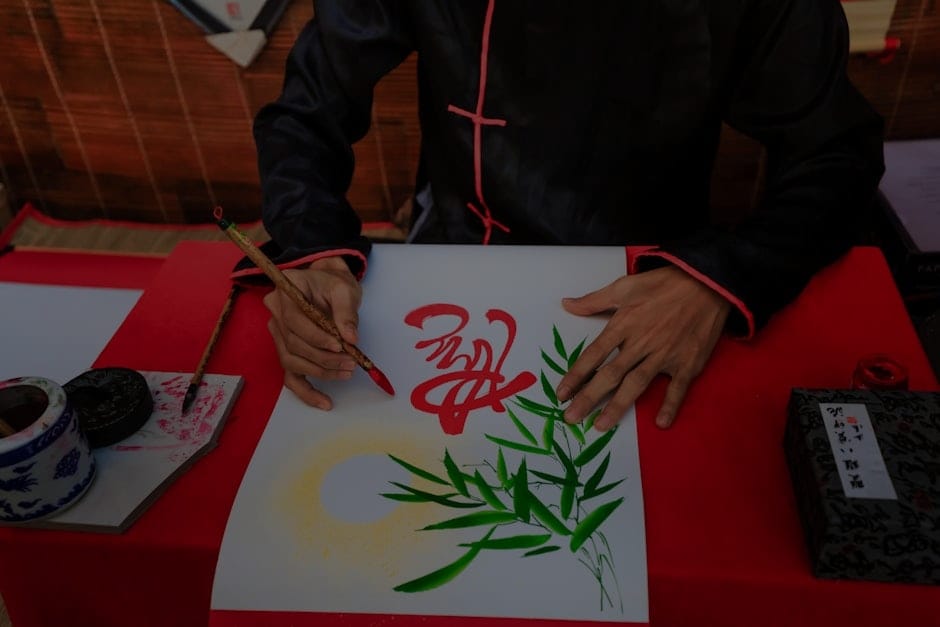**Abstract:** Discover the transformative power of colors in Feng Shui with our comprehensive guide. Learn how to select the right hues for your space to enhance energy flow and promote harmony.
Understanding the Essence of Feng Shui Colors
Feng Shui is more than just arranging furniture; it’s about creating an environment that supports your well-being. Colors play a vital role in this ancient practice, influencing mood, energy, and relationships. Each color is associated with specific elements and emotions, making it essential to choose wisely. For instance, reds can stimulate passion and excitement, while blues promote calmness and tranquility. Understanding these associations can help you create a balanced atmosphere that resonates with your personal needs.
The Five Elements and Their Colors
In Feng Shui, the five elements—Wood, Fire, Earth, Metal, and Water—correspond to specific colors. Wood is represented by greens and browns, symbolizing growth and vitality. Fire is linked to reds, oranges, and pinks, which energize and inspire. Earth tones like yellows and beiges promote stability and nourishment. Metal is embodied by whites and grays, fostering clarity and precision. Lastly, Water is depicted through blues and blacks, encouraging adaptability and flow. By integrating these colors into your decor, you can harmonize your space according to Feng Shui principles.
Selecting Colors for Specific Areas
Different areas of your home serve various purposes, and the colors you choose should reflect these functions. For instance, the living room is a social hub; warm colors like oranges and yellows can create an inviting atmosphere. In contrast, bedrooms benefit from softer tones like blues and lavenders, promoting relaxation and restful sleep. Kitchens can incorporate vibrant colors such as reds or yellows to stimulate appetite and energy. By tailoring your color choices to each room’s purpose, you enhance the overall energy flow in your home.
Balancing Colors for Harmony
While it’s essential to incorporate colors that resonate with you, balance is key in Feng Shui. Too much of one color can create an overwhelming environment, while too little can lead to dullness. A harmonious palette often includes a mix of colors representing the five elements. For example, a living room with earthy tones can be uplifted with vibrant accents of red or green. This balance ensures that your space feels dynamic yet grounded, fostering a sense of peace and well-being.
Practical Tips for Implementation
To effectively incorporate Feng Shui colors into your space, start small. Consider adding colorful accents like cushions, artwork, or decorative items that align with your intentions. Paint can also transform a room; however, choose shades that resonate with your desired energy. Additionally, observe how different colors make you feel. Trust your instincts—if a color brings you joy or calmness, it’s likely a good fit for your space. Remember, Feng Shui is about personal connection and emotional resonance.
Common Mistakes to Avoid
When selecting colors for Feng Shui, avoid common pitfalls that can disrupt energy flow. One mistake is neglecting the significance of natural light. Colors may appear differently in varying lighting conditions, so test samples in the space before committing. Additionally, don’t overcrowd your space with too many colors; this can create chaos rather than harmony. Instead, focus on a cohesive color scheme that aligns with your goals and enhances your environment.
In conclusion, selecting the right colors for your space through Feng Shui principles can significantly impact your emotional and physical well-being. By understanding the relationships between colors, elements, and specific areas of your home, you can create a harmonious environment that resonates with your personal energy. Embrace the journey of transformation through thoughtful color choices, and watch as your space flourishes into a sanctuary of peace and positivity.










